Some peculiarities about the Danish.
Today in this blog I’m bringing you a mixture of things that will be very useful if you go to live in Denmark, and some curiosities that are always worth knowing about the country and the people who live there. Danish culture is totally different to ours, which is why it’s normal that everything they say or do seems a little strange at first. When I was studying there, I made a random list of all of the peculiar things that I was discovering during my time in Aarhus, so here you have it. I must say that all of this is what I saw in Aarhus, so I don’t know if other Danish cities will be the same or whether things change.
As you know already, Denmark is one of the few countries where the percentage of people who use a bicycle is higher than those who use their vehicles. Here you can see even quite old people climbing hills on bicycles. One of the strangest seeming things that they told me was that, at least in Aarhus, it’s permitted to ride a bike whilst drunk but, for example, two people can’t get on the same bike or you can’t take a bike out without a light or you will be fined. I understand the light, but it seems strange that they don’t let two people get on a bike for safety reasons but they let them ride one drunk.
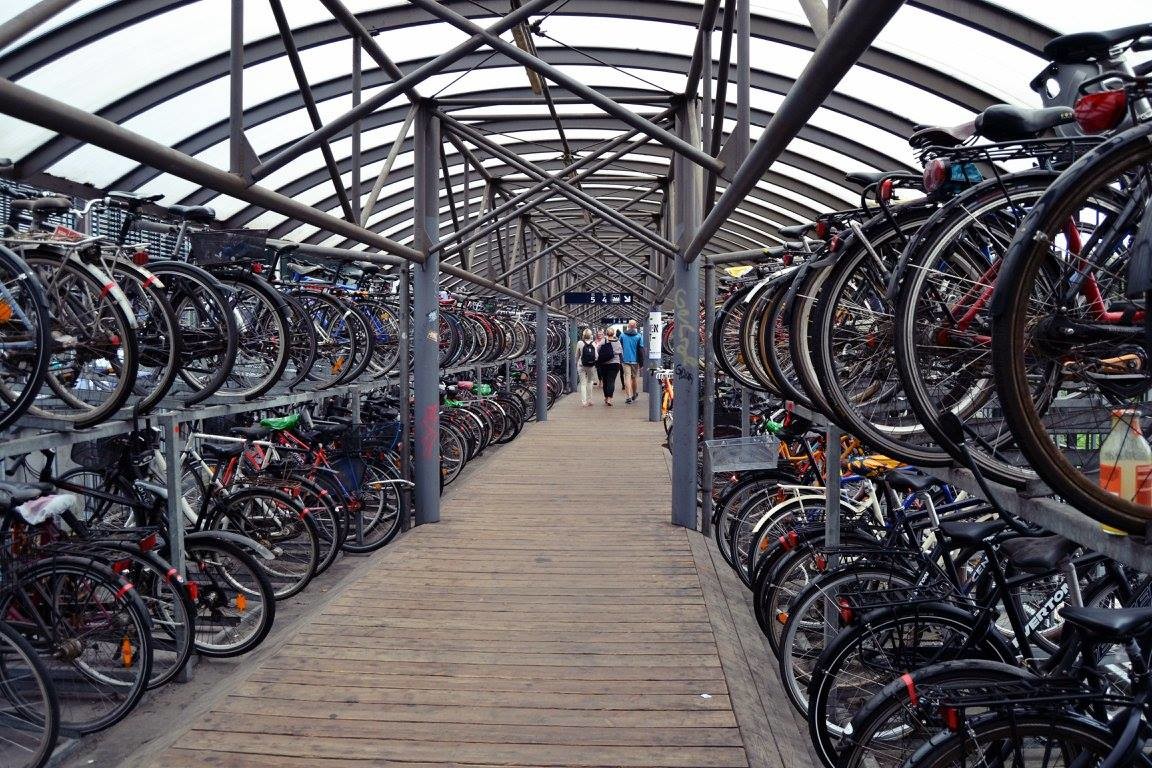
Something that definitely surprised me is that people take their shoes off anywhere and anytime. At home too, you may see people taking their shoes off in the parks (although it’s becoming less frequent), but something that you definitely won’t see is bare-footed people on public transport, in the supermarket or in IKEA. Least of all will you arrive in class and be told by a teacher that you can take your shoes off to do certain activities, nor do you see people lay bare-footed on the benches that are in the university. At first it was a bit shocking to go out in the street with your boots on and see families together, look down at their feet and see that they were bare-footed, it’s true.
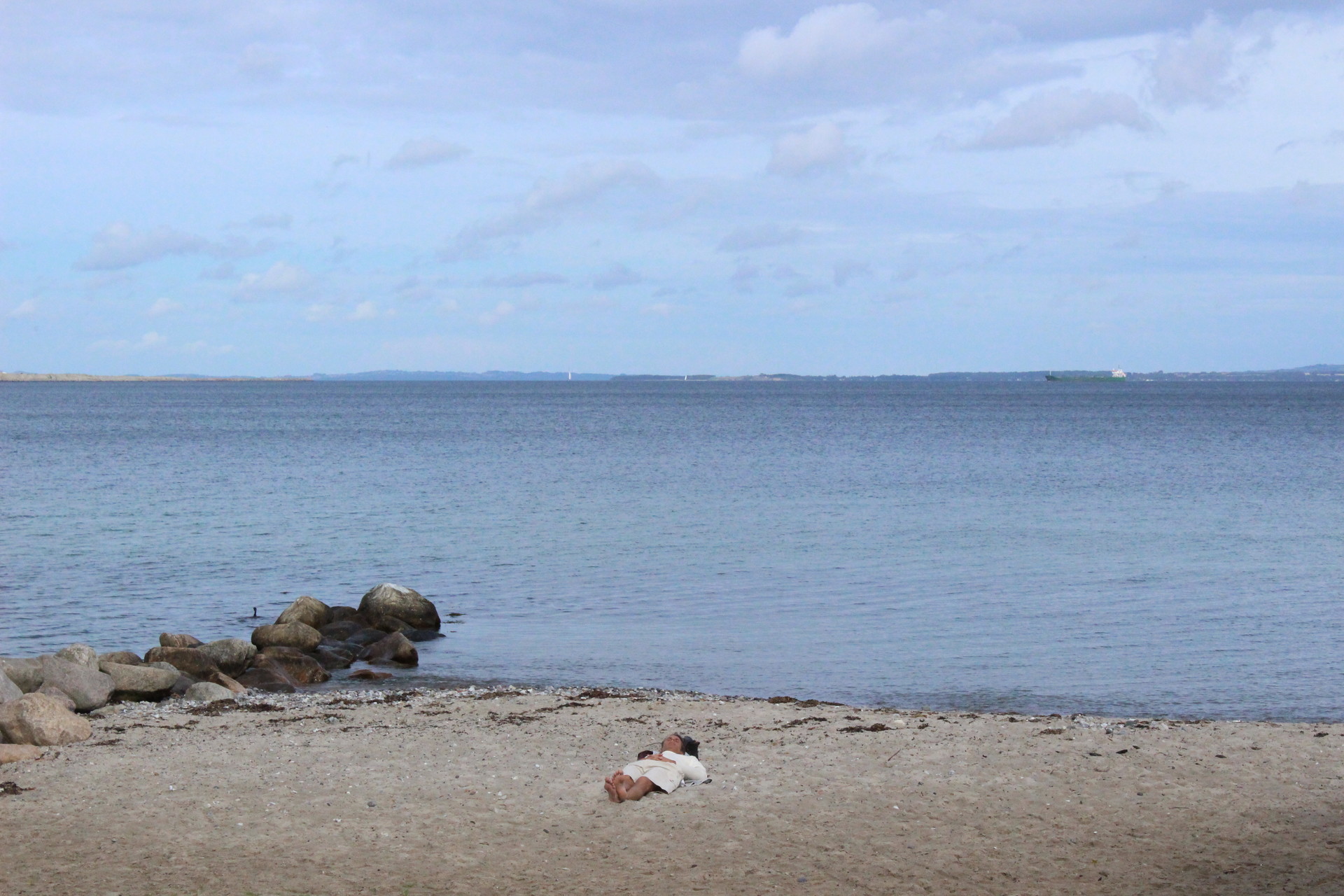
Another thing that not only surprised me but also made me want to return to study there is that there they don’t accept that public university studies and masters should be free. There the Danish students of post-compulsory education who are also working receive 800€ per month just for being students and working at the same time. This really encourages people not to give up on their studies, although on the other hand more and more is being demanded of students and continuing to study after college is almost becoming an obligation if you want to find work. Added to this, taking into account that working extra hours is viewed badly by businesses, this helps us to understand a little better that, despite the takes, the quality of life there is so high.
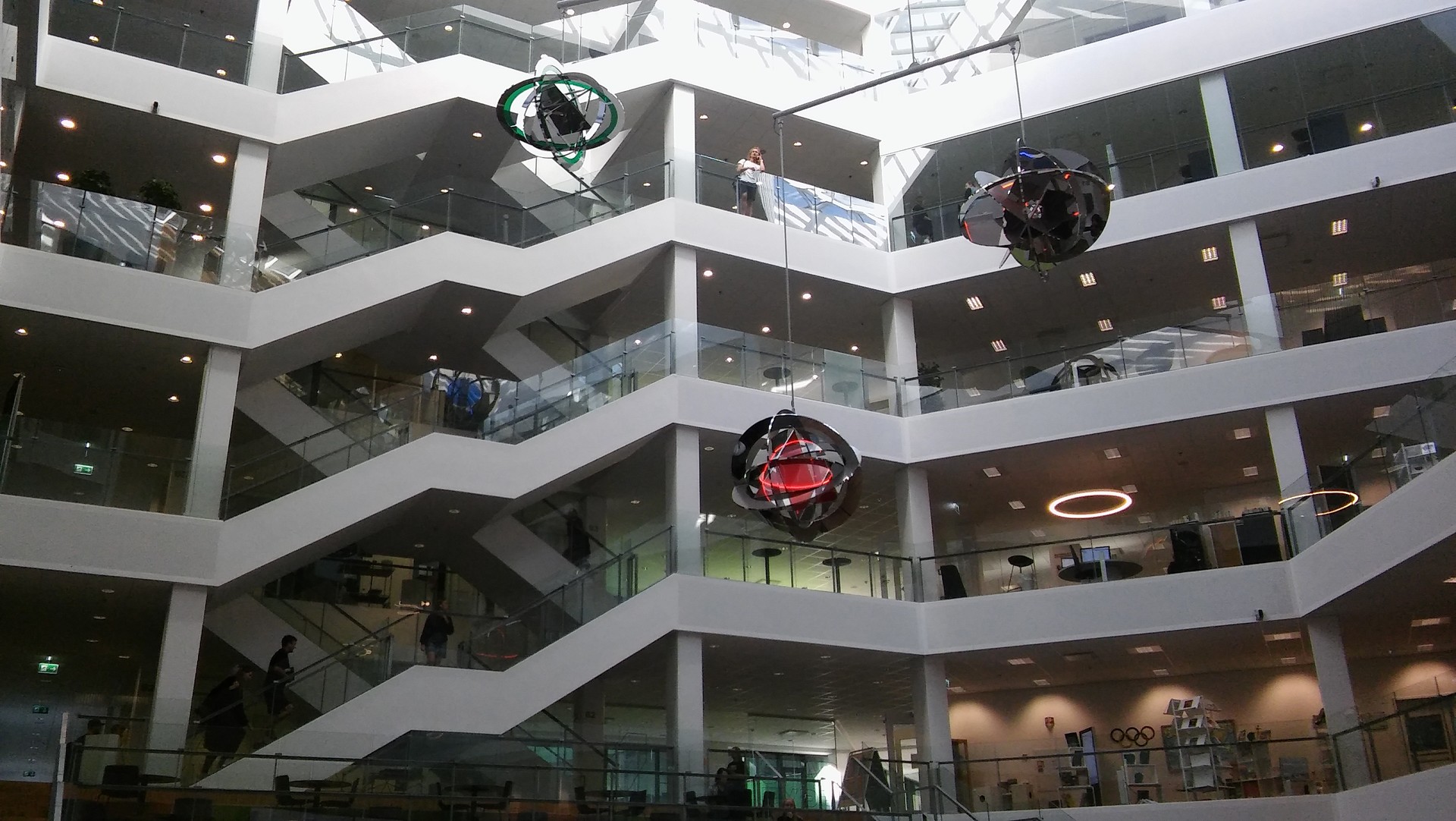
You can see the Danish flag everywhere. At the beginning I remember that we didn’t understand why even on commercial publicity magazines, lots of Danish flags appeared on the cover and the rest of the pages. Afterwards they told us that there, the Danish flag is used to celebrate birthdays, so every time there’s a birthday they decorate above all with garlands made from the flag.
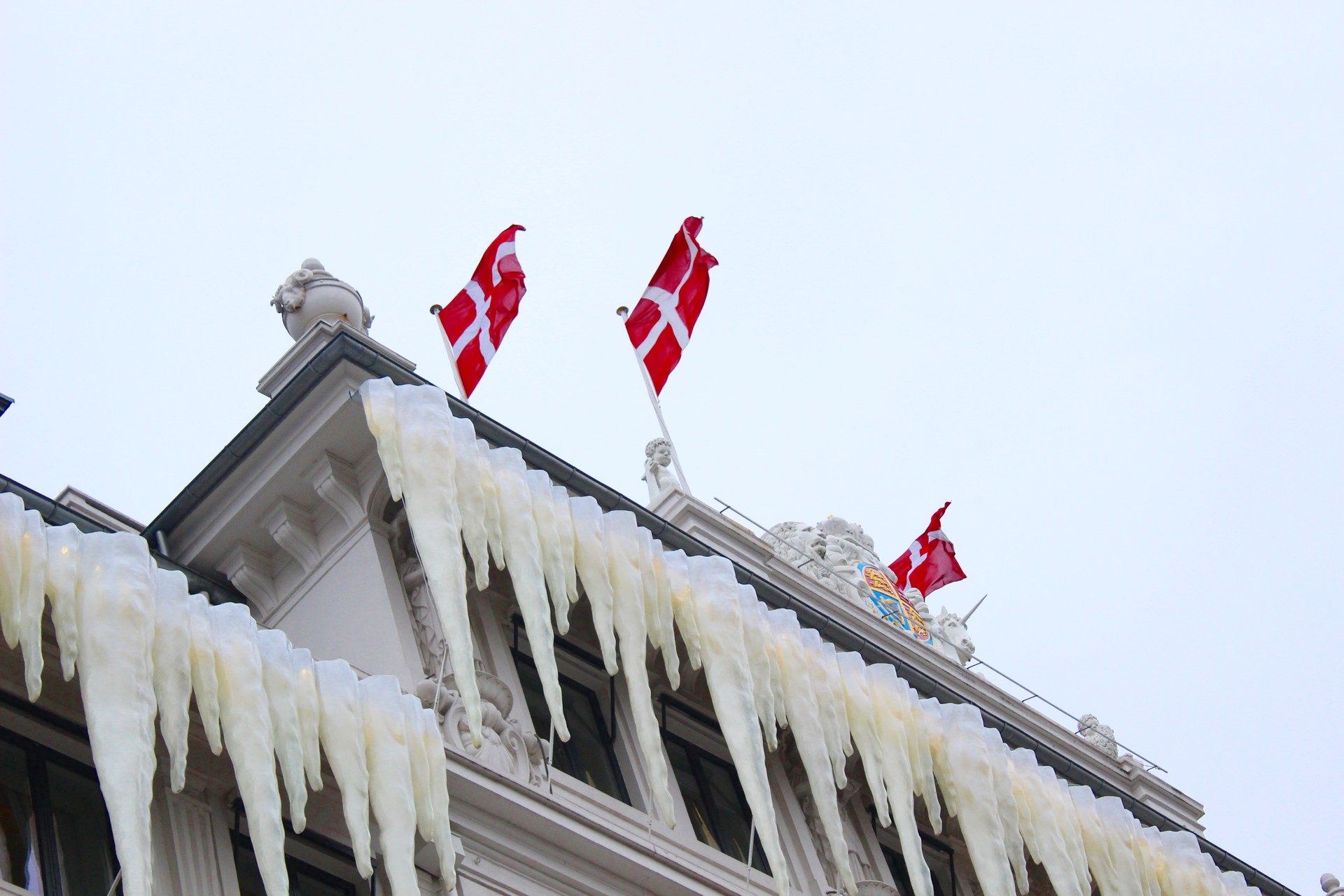
Talking about birthdays, I had the luck (or misfortune, depending on how you look at it) of finding out how children’s birthdays are celebrated in Aarhus when I was working in the primary school. It turns out that there they don’t only celebrate birthdays for just one day of the week (which is strange considering that they’re children between three and six years old), and also the timetable of the nurseries (up to six years old there). The truth is that this left me gobsmacked, because it mean that in the middle of teaching time, some children left with a couple of teachers from the nursery to go to the house of the child whose birthday it was whilst the children who hadn’t been invited stayed in class. This seemed like quite a nasty gesture to me on both the parents’ and the teachers’ part, given that the uninvited children were left quite sad, and also it really altered the daily routine (something that is very set out there). It would be great to celebrate birthdays during teaching hours if they invited all of the children, of course, but as it is…
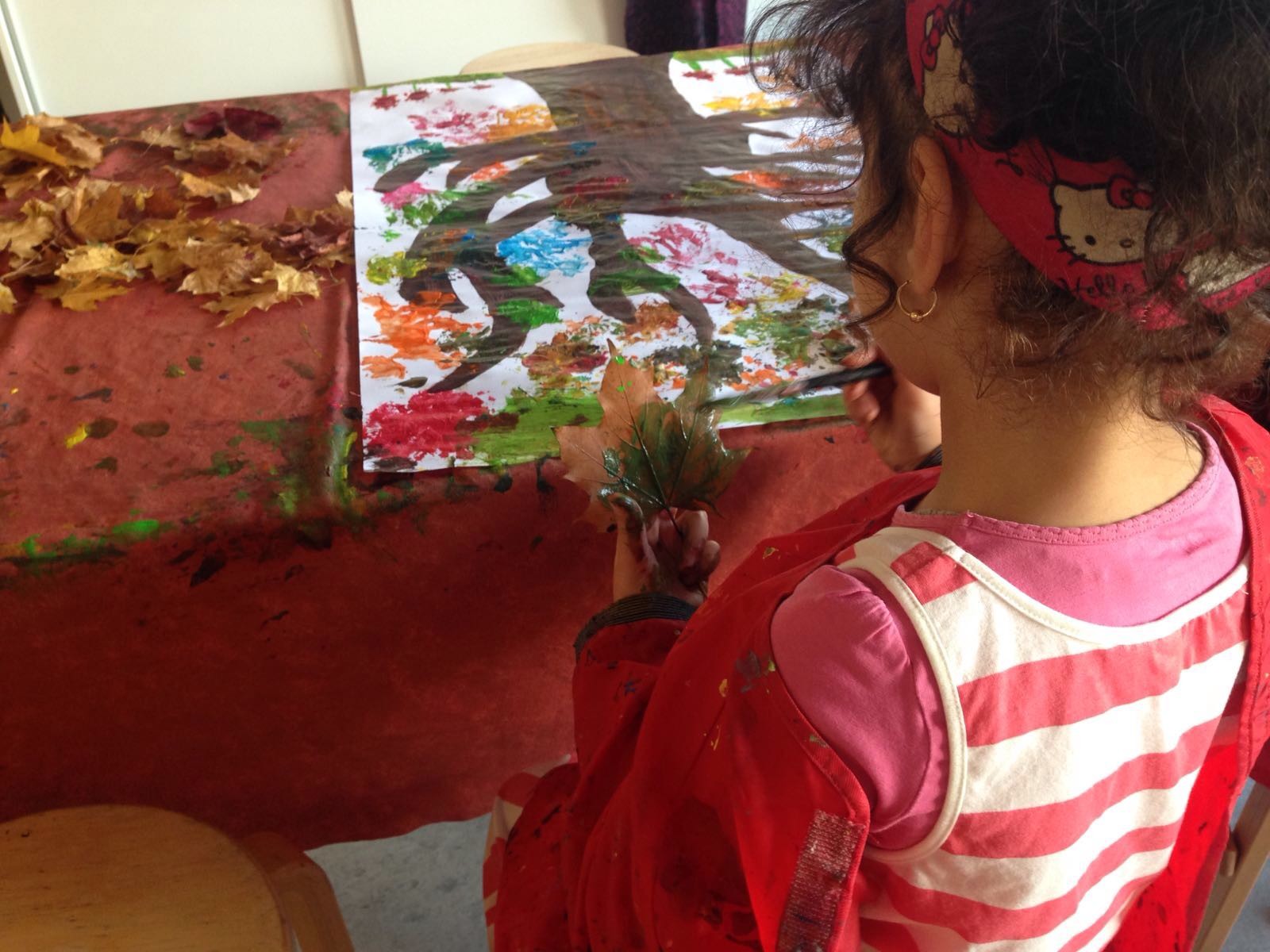
Continuing with the theme of children, I thought it was amazing that they teach such little children about the theme of healthy food and personal health. It turned out that I ate in the nursery, at the same time as the children. There aren’t canteens there, so instead each child brings their lunchbox from home with food already prepared. They don’t eat anything hot; everything is cold. Usually, when a child opened their lunchbox you generally see one or two pieces of fruit (normally a banana and an apple), slices of vegetables (half a carrot, a slice of cucumber, sliced peppers…) and a couple of slices of typical rye bread with some sort of cold meat and a milkshake, juice, something chocolatey or an energy bar. All very healthy. As if this wasn’t enough, the children liked to leave the vegetables until the end because they thought that they were the tastiest part.
Furthermore, the teachers and staff worry a lot about the children’s diet. One day they wrote a note to a little girl’s mum because she was hungry and there was too little food in her lunchbox (knowing that they could have given her more, obviously), and another notified the family who gave their son too many sweets, saying that the other children were watching and also wanted more.
Continuing with the theme of food, something that’s not too strange but that did surprise me is the number of types of milk that they have. To start with, in the supermarkets they only sell fresh milk, something that is already strange. This was horrible for us, because we had to go to the supermarket every two or three days just to buy milk because we couldn’t store it at home. Also, the milk is mixed in with the milkshakes, liquid yoghurts and creams, so I think that they are the only ones who really know what they’re looking for.
In the supermarket I also found soups that were frozen, or compacted as though they were a block of lunch meat. I never tried them because I didn’t trust soups that looked like this, but it seemed very strange to get to the frozen pizza section and to find soups of various flavours next to them.
Furthermore, their individualism y self-sufficiency sometimes gets out of hand. Let’s say that the Danish always do as the please, they create and resolve their own problems without involving other people or asking for help. The problem with this is that if you need help but you don’t ask for it, normally nobody will approach you and ask “excuse me, can I help you with anything? ”, something that often happens in other cities. So if you need help with something, consider that they won’t offer it themselves, but if you ask for it, they’ll quickly agree without turning their nose up. They’re helpful and very educated above all, and they love seeing people feeling just as comfortable as they do in the place where you’re living.
They’re very trusting. They trust everyone, so when you walk down the street you’ll see rucksacks or bags with nobody carrying them or lots of bikes without locks because the Danish don’t believe that anybody will steal them. For example, they told me that a girl left her reflex camera on the beach and instead of taking it from here they hung it from a wooden stick that was there. When she realised and returned to look for it, the camera was still there.
It’s certain that the Danish don’t steal, but the bad thing is that it’s foreigners (amongst them quite a lot of Spanish students) who dedicate themselves to robbing bikes without locks in order to not have to buy one during their stay in the country.
They love the colour black. Whenever you travel to a new country you focus on the style of clothing that people wear, out of curiosity. When I arrived I realised that they mostly wear a mixture of black, white and grey. Nearly everybody wears these colours in their daily life, on special occasions or whenever. Also, these colours even appear in decoration (in IKEA if you want anything colourful you’ll have a hard time finding it).
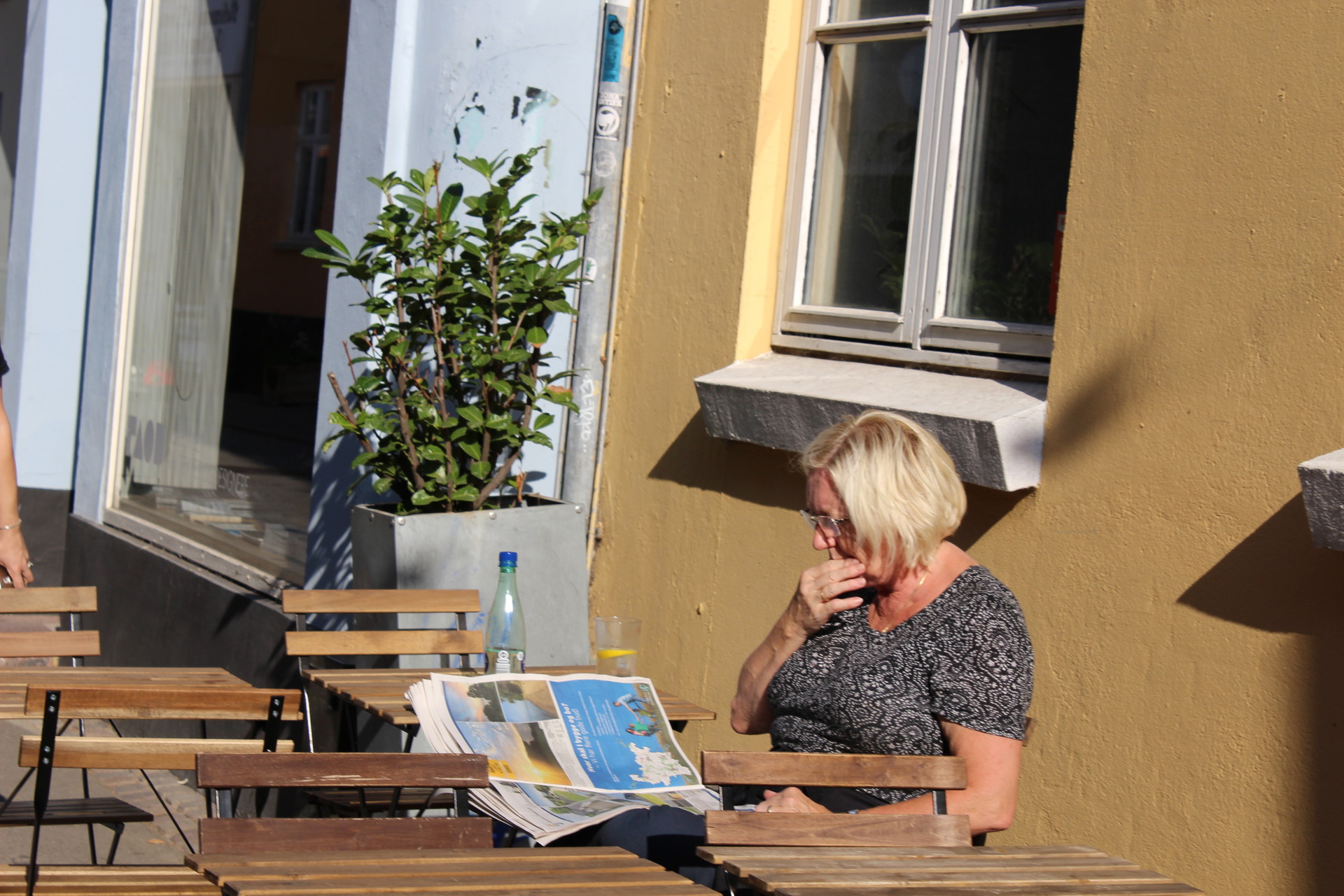
One thing that iss linked to the free education is that the Danish become independent and start their, let’s say, “adult” life from about eighteen years old. By “adult life” I’m not only referring to living alone (something habitual considering they receive a salary of 800€ as well as their monthly working wage), but also that they move in with their partner very soon, get married soon and have children even sooner. In fact, there is a tradition that says that if you’re not married by age twenty-five, your Friends bathe you in cinnamon.
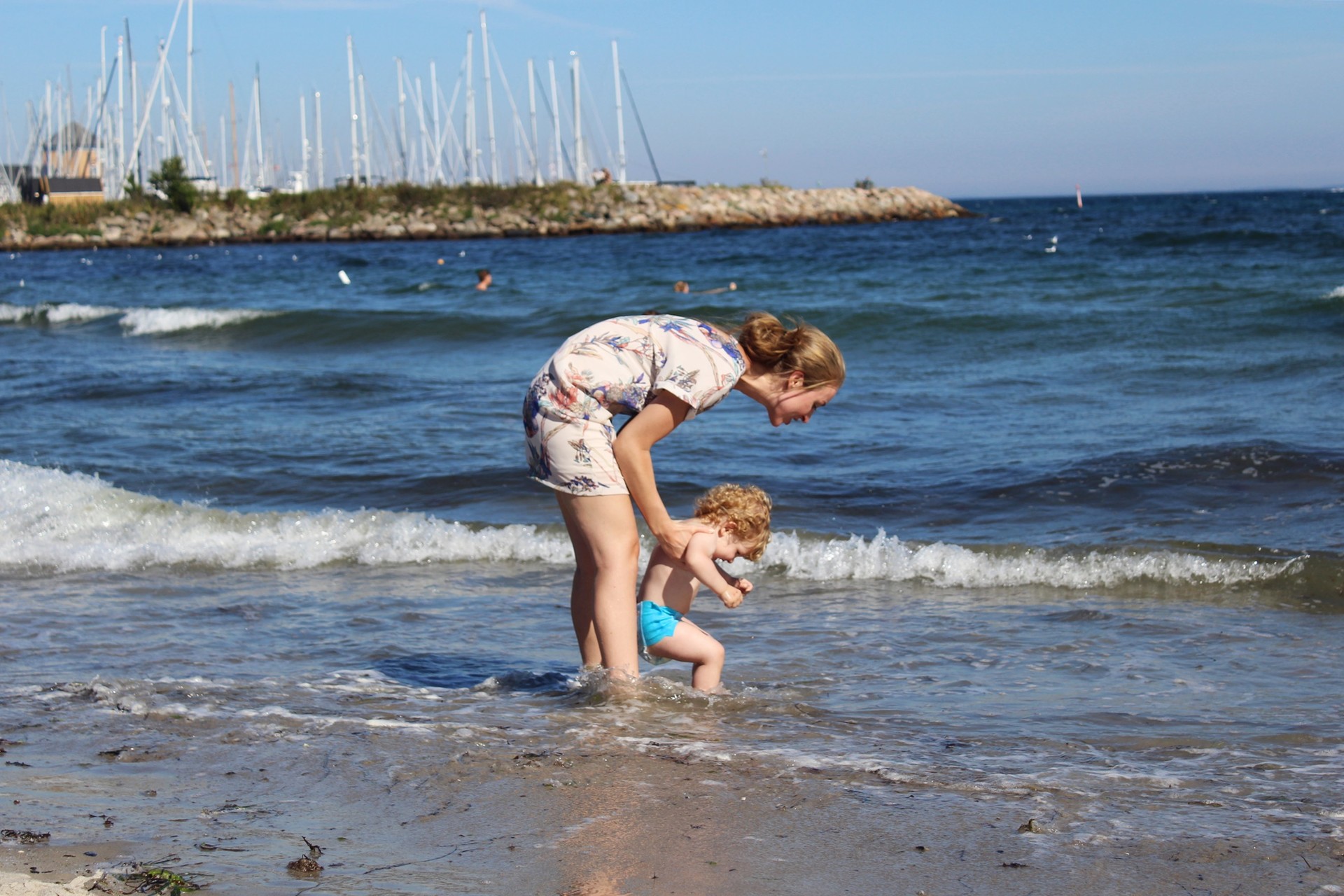
Finally, but perhaps most importantly, you probably already know of the famous "hygge". At first it’s difficult to understand, even when you’ve lived there for a while, but as soon as the cold begins to arrive you start to understand the perfection of this characteristic lifestyle that supposedly makes its inhabitants to happy. For them, hygge is giving importance to all of the little things in life, like lying on the sofa to watch a film, eating as a family, having a coffee with some pastries or reading with the heater on. It’s like forgetting that your life is stressful and taking some time to relax and focus on yourself and your loved ones. It’s a different way of life, but according to numerous studies, it works.

So now you know, that if you arrive in Denmark, or more specifically Aarhus, and you see something that I’ve mentioned, don’t be alarmed, because they’re different customs that are unique to their country. You could always join in with these things that seem so strange, or continue as you were, because nobody judges other people for anything (something that I also need to point out about life there, the fact that nobody judges other people for what they do, how they speak or how they dress). As I said, they’re very respectful, and what makes their way of life work so well is principally this, respect.
Photo gallery
Content available in other languages
- Español: Algunas curiosidades sobre los daneses.
- Français: Quelques curiosités sur les danois
- Italiano: Qualche curiosità sui danesi.
Want to have your own Erasmus blog?
If you are experiencing living abroad, you're an avid traveller or want to promote the city where you live... create your own blog and share your adventures!
I want to create my Erasmus blog! →











Comments (0 comments)